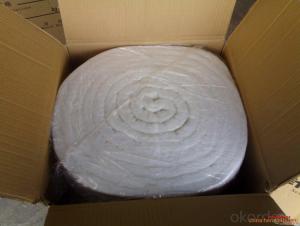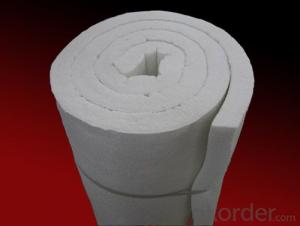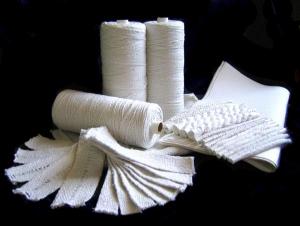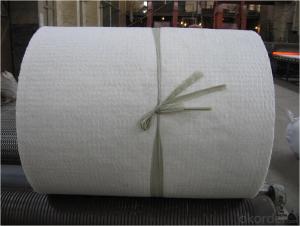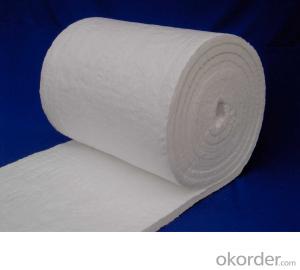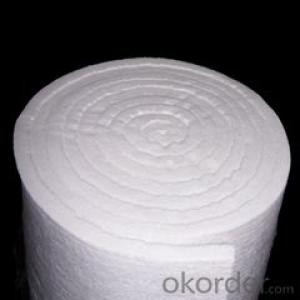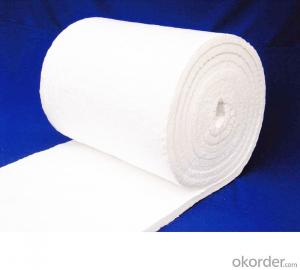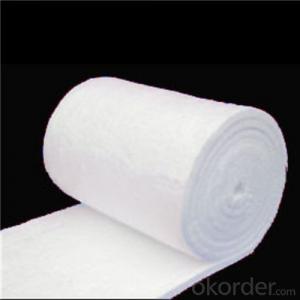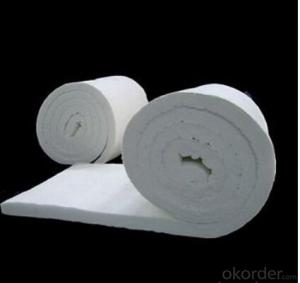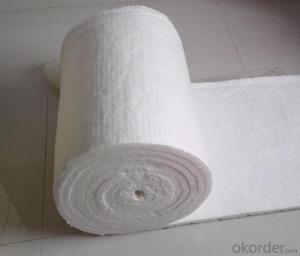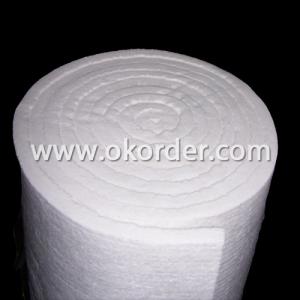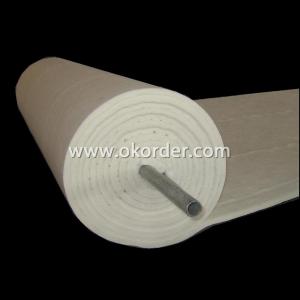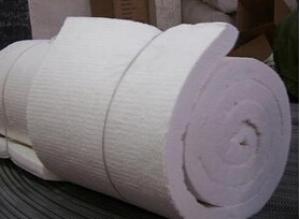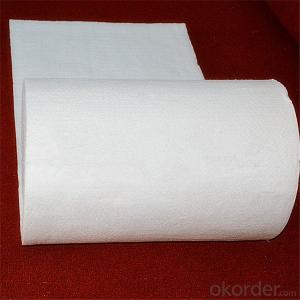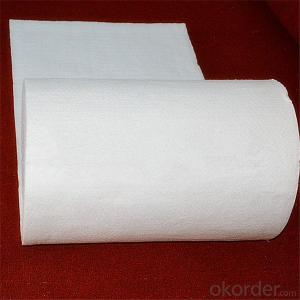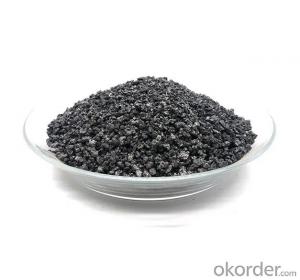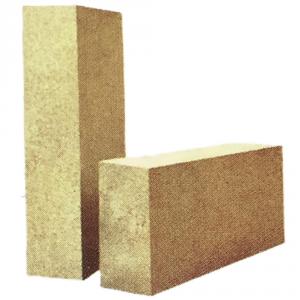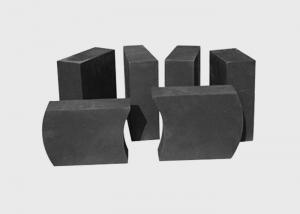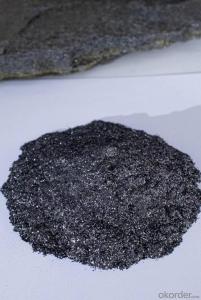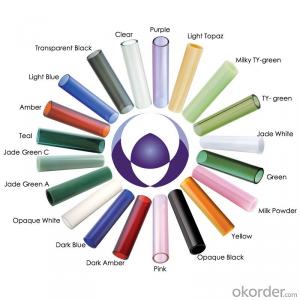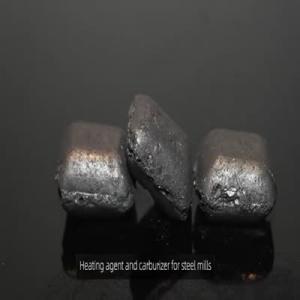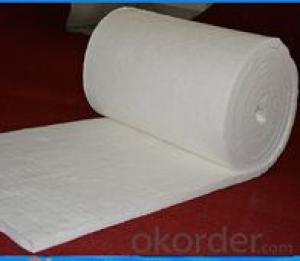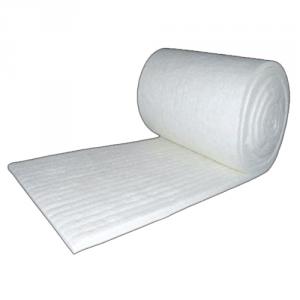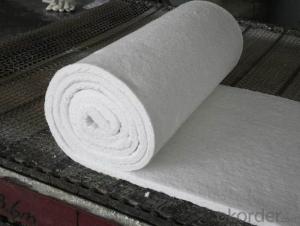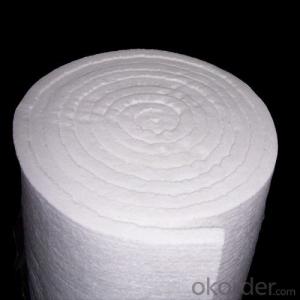Ceramic Fiber Blanket with Stable Quality
- Loading Port:
- China main port
- Payment Terms:
- TT OR LC
- Min Order Qty:
- 1 roll
- Supply Capability:
- 8000 roll/month
OKorder Service Pledge
OKorder Financial Service
You Might Also Like
CERAMIC FIBER BLANKET
General Information
Ceramic fiber blanket is made from high quality Gao-ling clay,high purity alumina and silica oxides by spun or blown process.It is asbestos free. No chemical binder is added. Double-side needling provides blanket with great tensile or handling strength for easy installation.
Features
Low thermal conductivity;
High tensile strength;
Resilient to thermal shock;
Corrosion resistance.
Application
Petrochemical process heater refractory fiber lining;
General furnace backup insulation;
Heat treating furnace or intermiottent kiln hot face lining;
Electrical insulator;
Heat seals for kiln car or furnace door;
High temperature acoustic;
Fire protection.
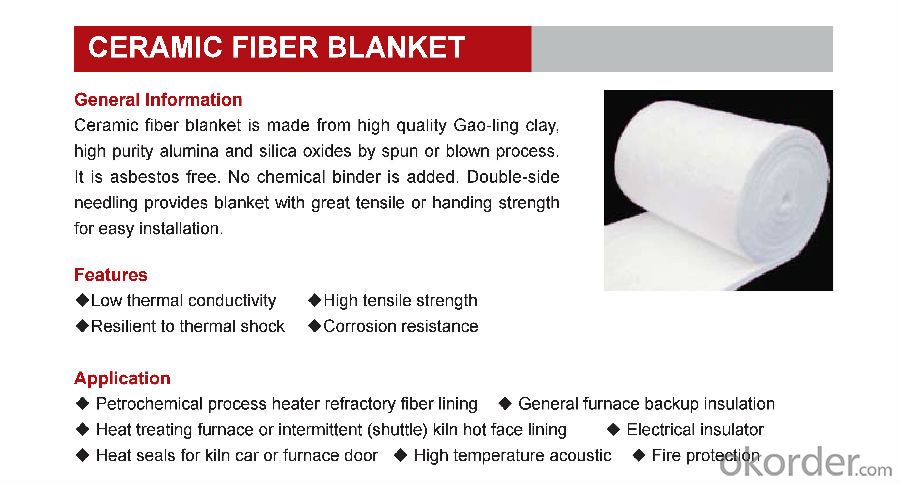
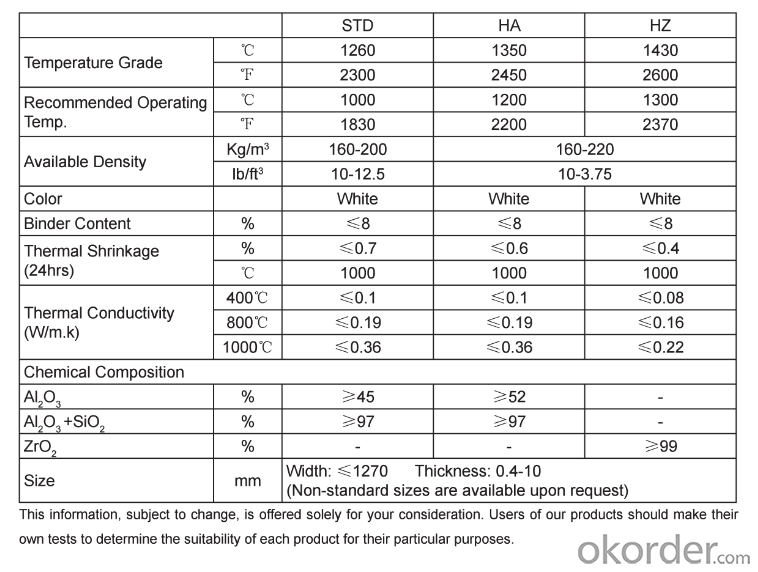
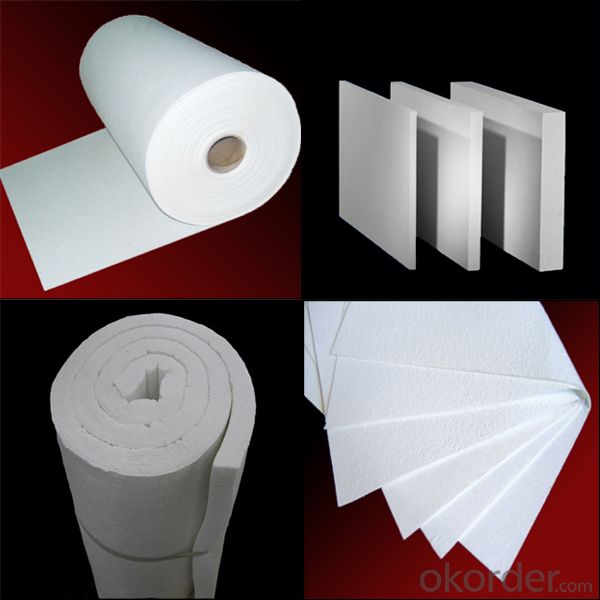
- Q:rudd gas furnace fan will not turn off?
- it is a honorable duty to a certain government to provide health care for free, it is give back to the citizen for their paying taxis and being good citizen.
- Q:Want to update my fan for my cpu, but don't want to get a too big of one.?
- You should insulate to achieve an R-49 rating.
- Q:to drink it 20 minutes before eating anything else.
- Wow, I was going to suggest 2-part silicone molding compound but after reading your additional details I think perhaps the best substance for you is probably tolerance - mix it with equal parts grace and appreciation and it works beautifully.
- Q:Hi,I'm looking at treating myself to a good tentCan anyone explain how the system works, i.eis 20D better than 70D? etc.Fly Fabric20D x 330T ripstop nylon 66 1000mm polyurethane silicone coatedCanopy Fabric20D x 330T ripstop nylon 66 DWRMesh Type20D polyester meshThanks,Matt]-Tech Info-Carbon Reflex? 3Capacity3Minimum Weight4 lbs 7 oz / 2000 gPackaged Weight4 lbs 13 oz / 2180 gFly with Footprint Weight3 lbs 5 oz / 1500 gFloor Area41.5 sqft / 3.8 sqmVestibule Area20 sqft / 1.8 sqmTent Volume124 cuft / 3530 litersVestibule Volume20 cuft / 566 litersInterior Peak Height46 in / 117 cmPacked Size20 x 8 in / 51 x 17 cmNumber of Doors2FreestandingYesNumber of Poles3, Easton Carbon FXNumber of StakesFly Fabric20D x 330T ripstop nylon 66 1000mm polyurethane silicone coatedCanopy Fabric20D x 330T ripstop nylon 66 DWRMesh Type20D polyester meshCountry of OriginMade in TaiwanBack
- People are free to travel within the United States without a passportA passport is only needed to travel to another countrySince you and your friend aren't old enough to drive, you must be traveling by bus or planeTo travel by bus I don't think you'll need anything to buy a ticketTo travel by plane you'll need a picture ID and because of your age you'll also need a letter from your parents giving permissionHappy Travels Girls.
- Q:I was diagnosed with porphyria last nightI am only 20 years old and I have been sick for five yearsI am not sure which porphyria I haveI have to get an hemotoligistI was wondering if I could sherbert or eat ice cream or yougart with porphyria.
- oh my god ! thats toooooooooo many
- Q:I am replacing the 25 y.odrapes that have torn on my patio doorway on my house.Should I shop to replace these cloth drapes or are another style of insulation-type visors available for a 7 ft 9 ft glass patio doorway?This is on the WEST side of my house, so I need visors that insulate both the cold and summertime heat (direct sunlight.)Thanks for suggestions.
- A mini muffin tin pan will work.
- Q:I dont eat fruitsBut I can drink some of the fruit juices like mango, orange, apple.Im starting to feel the effectsEspecially my skin and digestionsI tried several times eating fruits.But.umm.i just cantThe taste was like.ou man.Its like an intruder for my taste budDamnPleaseI need fruits! But I cant eat them even if I try to.Is this normal for some people?? Does fruit juice good enough for our health? Do they hav the same nutritions?
- hair grows 1/2 inch to an inch a month so you figure that part out sadly no there is no shampoos that can make hair grow try to eat healthy and take vitamins and also take really good care of your hair and body
1. Manufacturer Overview |
|
|---|---|
| Location | |
| Year Established | |
| Annual Output Value | |
| Main Markets | |
| Company Certifications | |
2. Manufacturer Certificates |
|
|---|---|
| a) Certification Name | |
| Range | |
| Reference | |
| Validity Period | |
3. Manufacturer Capability |
|
|---|---|
| a)Trade Capacity | |
| Nearest Port | |
| Export Percentage | |
| No.of Employees in Trade Department | |
| Language Spoken: | |
| b)Factory Information | |
| Factory Size: | |
| No. of Production Lines | |
| Contract Manufacturing | |
| Product Price Range | |
Send your message to us
Ceramic Fiber Blanket with Stable Quality
- Loading Port:
- China main port
- Payment Terms:
- TT OR LC
- Min Order Qty:
- 1 roll
- Supply Capability:
- 8000 roll/month
OKorder Service Pledge
OKorder Financial Service
Similar products
New products
Hot products
Related keywords
